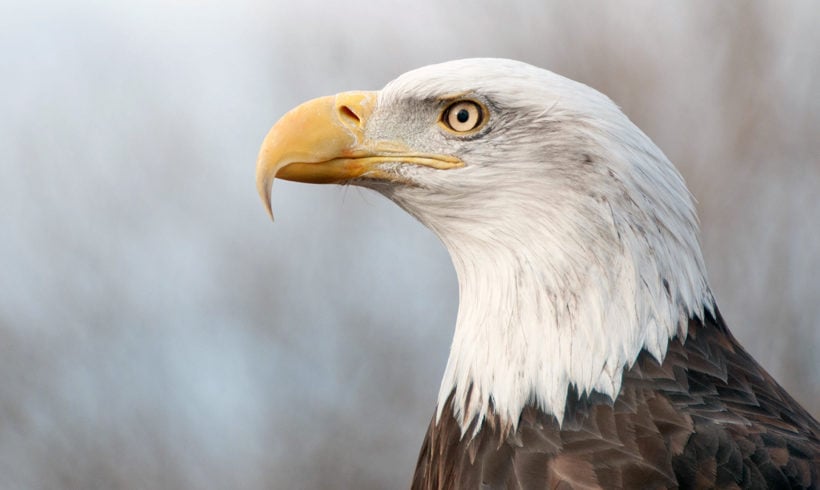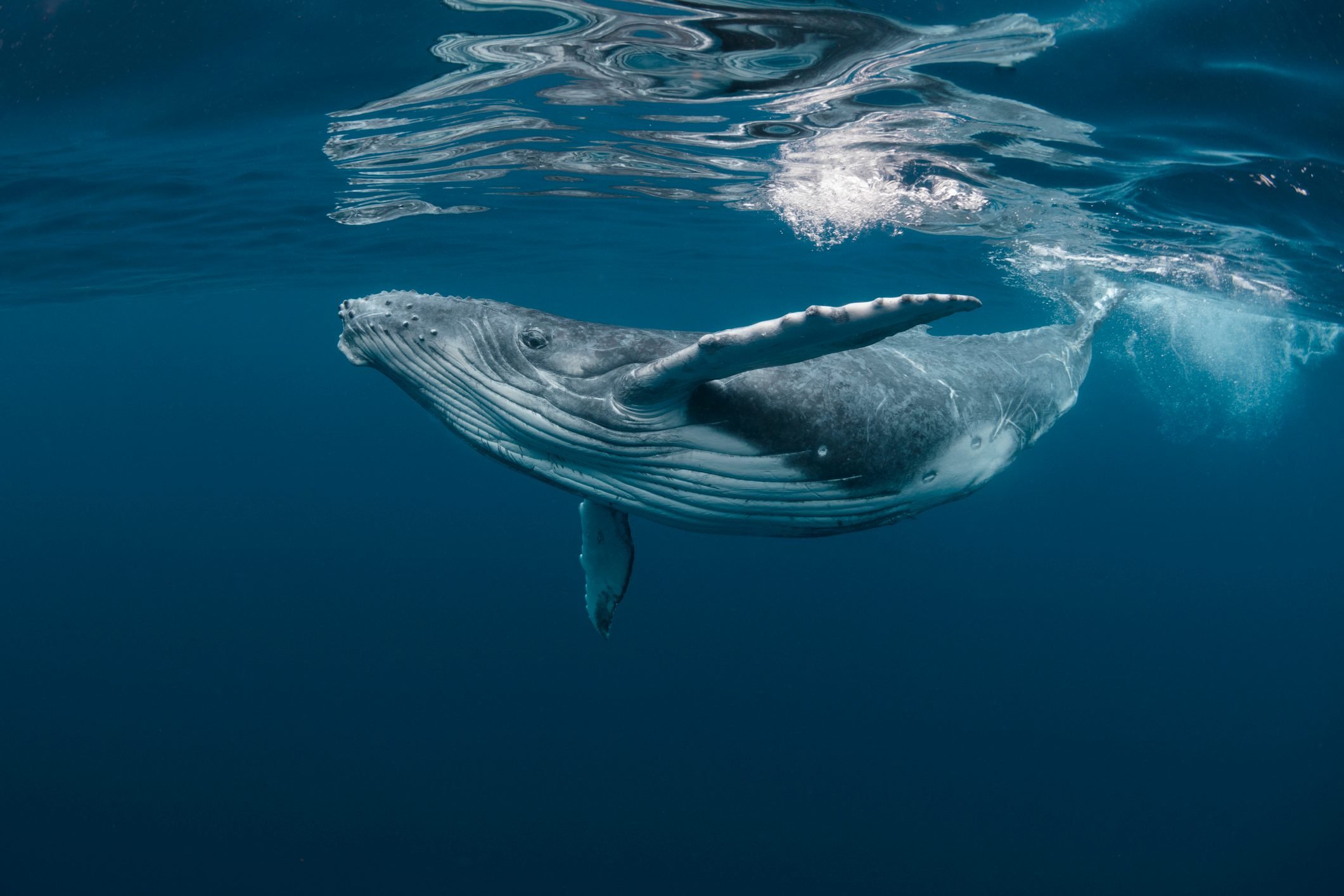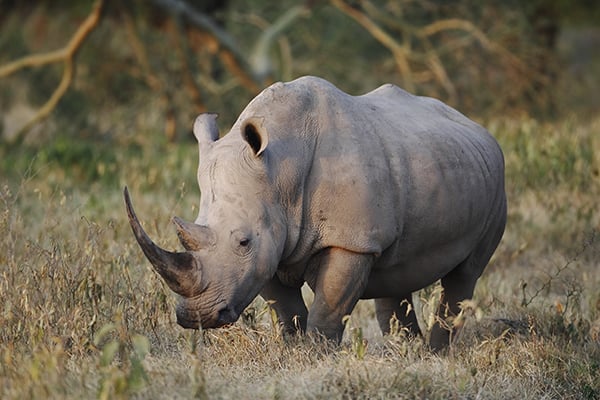5 Endangered Species That Made a Comeback

Tin
4
min. read

In the world of conservation, it is important to celebrate the progress and successes we have made in protecting endangered species - and we embody this at IMARCS with our penchant for highlighting and contributing to this progress. One of the most inspiring and visible examples of conservation initiatives succeeding is when endangered species cease to be endangered thanks to tireless work from competent organizations and caring people across the world. While there are fewer headlines when this is done before species reach critical endangerment - it is easier to stop a vulnerable species from becoming endangered in the first place than to bring it back from the brink of extinction - it is nevertheless important to ensure we are helping shield all vulnerable creatures from the by-products and unwanted impacts of human civilization. This is what IMARCS is doing with several species, most notably giant clams, which are listed as vulnerable but have become all but extinct in many regions where they used to flourish.
With our mission to protect marine organisms and restore reef ecosystems at the forefront of our daily actions, we thought it would be fitting to explore five remarkable stories of endangered species that have made a remarkable comeback, and highlight the conservation measures that played a vital role in their recovery. These success stories demonstrate that with dedicated efforts and collective action, we really can turn the tide and secure a more sustainable future for our planet's most vulnerable creatures.

1. Giant Panda
The giant panda, native to China, is perhaps the most iconic endangered species, due to the distinctive black and white markings found on their fur - and because they are literally the logo for various conservation initiatives, including the World Wildlife Fund (WWF). Due to habitat loss and, crucially, low reproductive rates, the giant panda population swiftly plummeted during the 20th century. However, pointed conservation efforts such as habitat restoration, captive breeding programs, and strict anti-poaching measures have made a significant impact in saving these creatures: according to recent data, the giant panda population has more than doubled from around 1,000 individuals in the 1970s to over 2,000 individuals today (San Diego Zoo Global, 2021). These successful conservation efforts have not only increased their population but also preserved their habitat and raised awareness about wildlife conservation in general.

2. Bald Eagle
The bald eagle, the national bird and symbol of the United States, is another remarkable success story in endangered species conservation. In the 20th century, the population of these magnificent raptors faced a severe decline due to habitat loss, hunting, and the use of harmful pesticides (CNN, 2022). However, similar to the work done to save giant pandas, conservation efforts including habitat restoration and reintroduction programs played a crucial role in saving the wild bald eagle population (Daily Mail, 2010). Today, this number has rebounded exponentially from fewer than 500 pairs in the 1960s to around 75,000 pairs in 2023!

3. Humpback Whale
After facing threats for centuries from hunting, inadvertent fishing, and ship collisions, humpback whales have been making a remarkable recovery in several parts of the world's oceans. While it is next to impossible to accurately assess the current number of these whales in the wild - and surely impossible to measure their past populations with any sufficient accuracy - it is estimated that there are over 10,000 individuals in the North Atlantic alone, which is certainly good news compared to what could have been without impassioned conservation efforts and maritime regulations (NOAA Fisheries, n.d.). This positive trend signifies the effectiveness of international collaboration and conservation measures in safeguarding these majestic creatures, and should be used as an example of what can be accomplished when resources and efforts are focused on good, effective policies.

4. Southern White Rhino
The southern white rhino is an endangered species that has faced significant threats from poaching. However, conservation efforts have yielded encouraging results. In a breakthrough moment, the northern white rhino, a subspecies on the brink of extinction, saw the birth of a calf through artificial insemination (The Guardian, 2022). This pioneering approach offers hope for the revival of this subspecies and demonstrates the power of innovative techniques in conservation.

5. Nepal Tiger
Nepal's efforts to conserve tigers have shown remarkable progress. The country's tiger population estimate increased to 235 individuals in 2018, nearly doubling the 2009 baseline of 121 tigers, positioning Nepal as one of the frontrunners in helping to achieve the ambitious TX2 goal to double the world's wild tiger population (WWF, n.d.). Nepal's comprehensive conservation strategies, including anti-poaching measures and habitat protection, have played a crucial role in this achievement
These remarkable success stories remind us that conservation efforts can not only yield positive results and give us hope for the future, but that the work we do today can be measured and allows us to see progress being made. The recovery of these five endangered species showcases the power of dedicated individuals, communities, and governments working together to protect our planet's biodiversity. At IMARCS we are working hard to help conserve marine organisms and reef ecosystems through environmental science and mariculture.
These remarkable success stories remind us that conservation efforts can not only yield positive results and give us hope for the future, but that the work we do today can be measured and allows us to see progress being made. The recovery of these five endangered species showcases the power of dedicated individuals, communities, and governments working together to protect our planet's biodiversity. At IMARCS we are working hard to help conserve marine organisms and reef ecosystems through environmental science and mariculture.
Learn more about our mission and consider getting involved by donating, "adopting-a-clam," or supporting us by following our socials and spreading word about our work.
Together we can make a real, positive, and measurable impact on our beloved planet.
Sources:
Green Earth Blog - "From the Brink of Extinction: Four Endangered Species That Made a Comeback" Green, E. (n.d.). From the Brink of Extinction: Four Endangered Species That Made a Comeback. Retrieved from https://www.green.earth/blog/from-the-brink-of-extinction-four-endangered-species-that-made-a-comeback
World Wildlife Fund - "Eight Species Making a Comeback" World Wildlife Fund. (n.d.). Eight Species Making a Comeback. Retrieved from https://www.worldwildlife.org/stories/eight-species-making-a-comeback CNN -
"Nepal's Wild Tiger Population Has Nearly Doubled in 10 Years" CNN. (2022, July 31). Nepal's wild tiger population has nearly doubled in 10 years. Retrieved from https://edition.cnn.com/2022/07/31/world/nepal-wild-tiger-population-scn-trnd/index.html
The Guardian - "Return of the Northern White Rhino: Back from Extinction" The Guardian. (2022, December 18). Return of the northern white rhino: Back from extinction. Retrieved from https://www.theguardian.com/science/2022/dec/18/return-of-the-northern-white-rhino-back-from-extinction
International Environmental Library Consortium (IELC) - San Diego Zoo Global - "Giant Panda" San Diego Zoo Global. (n.d.). Giant Panda. Retrieved from https://ielc.libguides.com/sdzg/factsheets/giantpanda/population
NOAA Fisheries - "Frequent Questions - 2016-2023 Humpback Whale Atlantic Coast Unusual Mortality Event" NOAA Fisheries. (n.d.). Frequent Questions - 2016-2023 Humpback Whale Atlantic Coast Unusual Mortality Event. Retrieved from https://www.fisheries.noaa.gov/national/marine-life-distress/frequent-questions-2016-2023-humpback-whale-atlantic-coast-unusual
Daily Mail - "Bald Eagle Endangered Population Makes a Comeback in America" Daily Mail. (2010, June 11). Bald eagle endangered population makes a comeback in America. Retrieved from https://www.dailymail.co.uk/news/article-11915743/Bald-eagle-endangered-population
World Wildlife Fund - "Eight Species Making a Comeback" World Wildlife Fund. (n.d.). Eight Species Making a Comeback. Retrieved from https://www.worldwildlife.org/stories/eight-species-making-a-comeback CNN -
"Nepal's Wild Tiger Population Has Nearly Doubled in 10 Years" CNN. (2022, July 31). Nepal's wild tiger population has nearly doubled in 10 years. Retrieved from https://edition.cnn.com/2022/07/31/world/nepal-wild-tiger-population-scn-trnd/index.html
The Guardian - "Return of the Northern White Rhino: Back from Extinction" The Guardian. (2022, December 18). Return of the northern white rhino: Back from extinction. Retrieved from https://www.theguardian.com/science/2022/dec/18/return-of-the-northern-white-rhino-back-from-extinction
International Environmental Library Consortium (IELC) - San Diego Zoo Global - "Giant Panda" San Diego Zoo Global. (n.d.). Giant Panda. Retrieved from https://ielc.libguides.com/sdzg/factsheets/giantpanda/population
NOAA Fisheries - "Frequent Questions - 2016-2023 Humpback Whale Atlantic Coast Unusual Mortality Event" NOAA Fisheries. (n.d.). Frequent Questions - 2016-2023 Humpback Whale Atlantic Coast Unusual Mortality Event. Retrieved from https://www.fisheries.noaa.gov/national/marine-life-distress/frequent-questions-2016-2023-humpback-whale-atlantic-coast-unusual
Daily Mail - "Bald Eagle Endangered Population Makes a Comeback in America" Daily Mail. (2010, June 11). Bald eagle endangered population makes a comeback in America. Retrieved from https://www.dailymail.co.uk/news/article-11915743/Bald-eagle-endangered-population